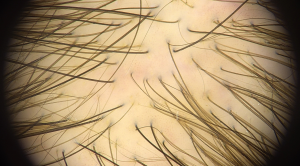 Trichotillomania Hair Plucking Disease
Trichotillomania Hair Plucking Disease
The Latin name for hair plucking disease is Trichotillomania. This disorder, which is considered as a control disorder, is the inability of the person to resist the urge to pluck the eyebrows, eyelashes, beard, genital area or hair. The patches in the scalp tend to have an unusual shape and one area may be affected more than the other. Hair plucking disorder can cause embarrassment and low self-esteem in the patient over time.
Although hair plucking behavior disorder is common in adolescents and young adults, it is observed more frequently in women than in men, although it is observed equally in both genders in childhood.
What are the Symptoms of Hair Removal Disorder (Trichotillomania)?
- Repetitive plucking of the patient’s hair.
- Significant hair loss condition of the patient.
- Observing that the patient experiences an increasing state of tension before hair plucking or when attempting to resist this behavior.
- The patient experiences a feeling of relief while pulling the hair.
In which areas can it be seen other than the scalp?
- Muscles
- Eyelashes
- Genital area
- Beard or mustache
What are the reasons that trigger the formation of hair pulling disorder (trichotillomania)?
- Stress or extreme anxiety.
- A chemical imbalance in the brain similar to an obsessive-compulsive disorder (OCD).
- Changes in hormone levels during puberty.
- The thought of harming yourself in order to relieve emotional distress.
